
On Black & Highly Flavored, co-hosts Derek Kirk and Tamara Celeste shine a light on the need-to-know movers and shakers of our food & beverage industry.
Listen NowPopular on Food52
Continue After Advertisement
27 Comments
Anthony A.
August 30, 2017
I been looking the recipe of Matteo Martella and I can't find it.Can you help me. thank you
Kristen M.
September 3, 2017
Hi Anthony—here's the recipe that was inspired by Matteo's technique, developed by Nora Singley for Martha Stewart Living: https://food52.com/recipes/30147-martha-stewart-s-one-pan-pasta
vschwager
April 29, 2016
P.S. Cooking pasta into a simmering sause has been a trick known for sometime, and it works particularly well with certain typew of pasta like, say, spaghetti alla chitarra, or spaghettini, or fresh pasta. Nothing new under the sun. Good cooking.
vschwager
April 29, 2016
Certain ingredients work well in certain contexts. This recipe certainly does. Carbonara does not. The right match and timing works the same as clothes: it takes taste and a bit of savoir faire. If you haven't got either then you end up with that horrible Carbonara concoction, or whatever you might call it. You can certainly cook good spaghetti along with a simmering tomato sauce. But putting all carbonara ingredients into one pan and then pretending it tastes the way it ought to makes as much sense as putting all spare parts of a car into a box and then pretend to drive it.
Vincent
April 24, 2016
I started cooking some pastas this way back in the '80s when I read a similar recipe for Pasta with Broccoli in NY Times 60-Minute Gourmet book by Pierre Franey & Craig Claiborne. There is also a quick skillet lasagna from Cooks Country that's good in a pinch.
Sharon W.
March 5, 2016
I am always curious as to the mixed reviews. For me, a successful recipe is made over and over with consistent results. As for leftovers? If you make just enough for the amount of people eating, there should be no leftovers to be concerned about. This is not a dish meant to last the week. I'm guessing the mixed results are based on there not being a recipe, per se.
I might suggest making the pasta al dente and tossing it with a small amount of olive oil. You can keep it in a sealed container in the frig for a few days. Then, you can toss it into the pan along with your fresh ingredients and actually have several different meals. I know it blows the one-pan theory, but it's still pretty quick eats and offers diversity. Just my 2 cents.
I might suggest making the pasta al dente and tossing it with a small amount of olive oil. You can keep it in a sealed container in the frig for a few days. Then, you can toss it into the pan along with your fresh ingredients and actually have several different meals. I know it blows the one-pan theory, but it's still pretty quick eats and offers diversity. Just my 2 cents.
Lisa
August 31, 2015
I love coking pasta this way! Like some others, I reserve some of the heated liquid and add it as needed so that the consistency is perfect. Sometimes I start with a cup of white wine like you would with a risotto. Pasta primavera is so good prepared this way using vegetable stock!
Jennifer W.
August 31, 2015
CFrance - good point! The amount of onion in the recipe was too much, but that could be fixed, it was the consistency, which was starchy, gluey. It made for a heavy dish, and a lump in the stomach. I do think I could tweak somewhat, but doubt It will ever be to my taste. I don't think it's an improvement in the way to cook pasta.
Margaret L.
January 15, 2016
I had a similar experience. Followed the recipe but was really put off by the texture of the final product, which was gluey. And the leftovers the next day were even worse! Pasta made the traditional way makes good leftovers when warmed in a casserole. The leftovers from this recipe were inedible and got dumped out.
CFrance
August 31, 2015
@Jennifer Wilson, can you say what it was that you didn't like? The taste, or the condition of the pasta, or something else? It would be helpful if you give some more detail.
Jennifer W.
August 31, 2015
Truly terrible. I tried this tonight and followed recipe as closely as I could, tended it the entire time. I loved the concept, but it's really hard for me to imagine what would make this come out better. I'm a fairly skilled cook.
CFrance
August 30, 2015
I used to make a pasta from either Bon Appetit or Gourmet back in the '90s. It had oregano, white wine, sausage, canned tomatoes, and eggplant. Our boys scarfed it up, never recognizing the wine or eggplant. It was made with angel hair, but I bet I could figure out how to recreate this with a longer cooking pasts.
Katherine S.
August 30, 2015
Finally got around to trying this with a great result, and was definitely improvising. I think the trick is to get the timing+liquid equation correct. Whatever the pasta cooking time is supposed to be "old school" for al dente is about the point that all the liquid in the pan is gone, whether from water or tomatoes or whatever else started the journey. So I like the tip of keeping some liquid aside if you are not sure (maybe keep it hot so that it does not cool down the pan?) to add at the end to hit the right cooking time. THANK YOU!!! My superpower of making dinner in 15 minutes out of anything just got a boost!
Allie S.
August 27, 2015
any suggestions on cooking this using fresh pasta instead of dried?
Kristen M.
August 28, 2015
The pasta cooks much faster and requires much less liquid (since it's already hydrated), so keep both of those in mind! Just a splash of liquid with some very quick-cooking ingredients would do it.
witloof
August 26, 2015
Anyone tried this with rice or quinoa pasta?
Kristen M.
August 28, 2015
Unfortunately, the original recipe's commenters have reported poor results with gluten-free pastas—the extra stirring seems to make it go gluey and/or disintegrate.
greg T.
August 29, 2015
Rice pasta yes, but my corn and thicker gluten free fettuccini noodles got through the process just fine
Jamie
August 26, 2015
I did this as the dreaded "play on" French onion soup -- beef broth, red wine, pasta, onion, and finished with Gruyere.
Melanie
August 26, 2015
I do this with shallots and sausage. Just enough broth/wine/water to cover the pasta. Towards the end I dump as much spinach in as I can fit into the pan to wilt, and top with freshly grated parm.
Meg F.
August 26, 2015
In Ed Biobbi's book, Eat Right, Eat Well--The Italian Way Hardcover – April 12, 1985, he provided the same technique. He wrote that he learned this technique from a cab driver. So he predates all this current hoopla, and I've been disappointed that he has never received credit. I've been cooking my pasta this way ever since.
Alev E.
April 18, 2016
You are correct that this has been around for a long time. My mom in Turkey cooked pasta using this method 30 years ago.
Cori
August 26, 2015
I like doing this with any pasta (a whole wheat version tastes good) stock, onion, garlic, pureed pumpkin, kale/spinach/whatever green, sausage slices (or cooked bacon at the end) then finish with a dry cheese like parrano or parmesan.
Riddley G.
August 26, 2015
wow wow wow, great story! i'd love to see one-pot miso ramen. also, how about pasta (cavatappi, spaghetti, etc.) with anchovies, capers, garlic, chiles, and kale (finished with Parmesan and lemon)!
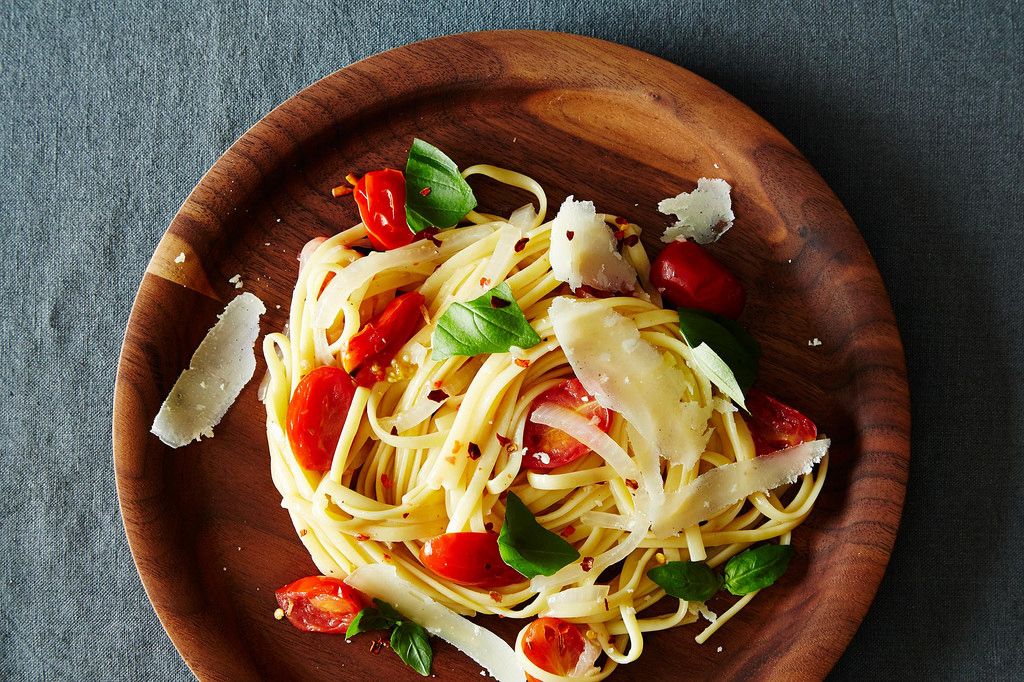
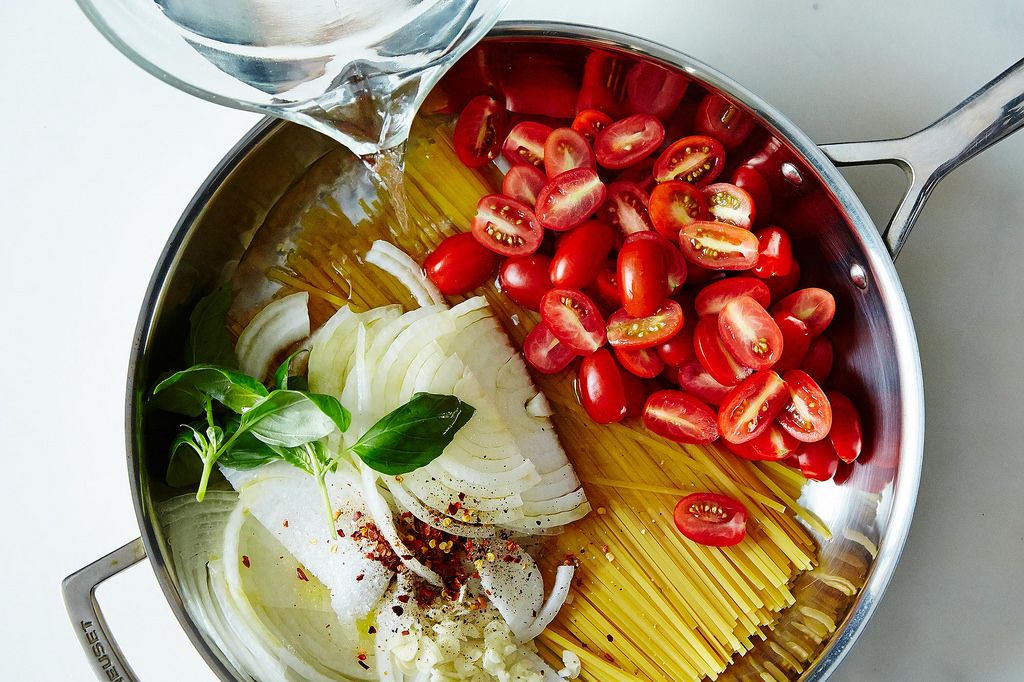

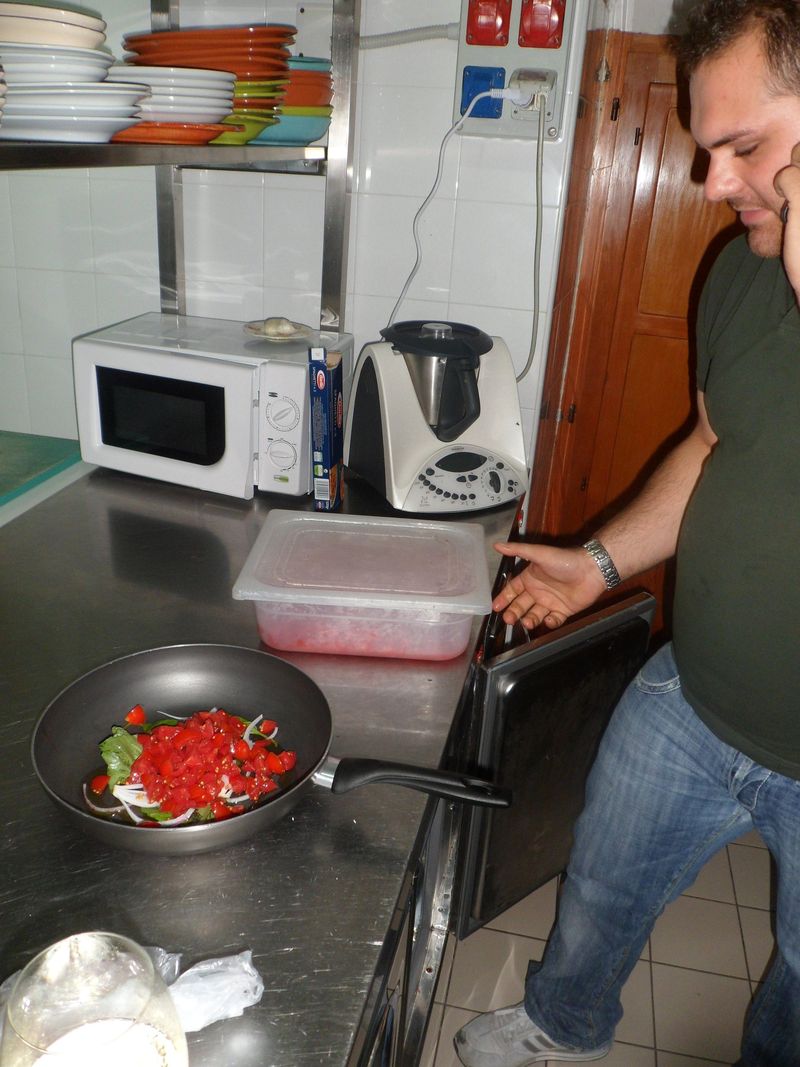
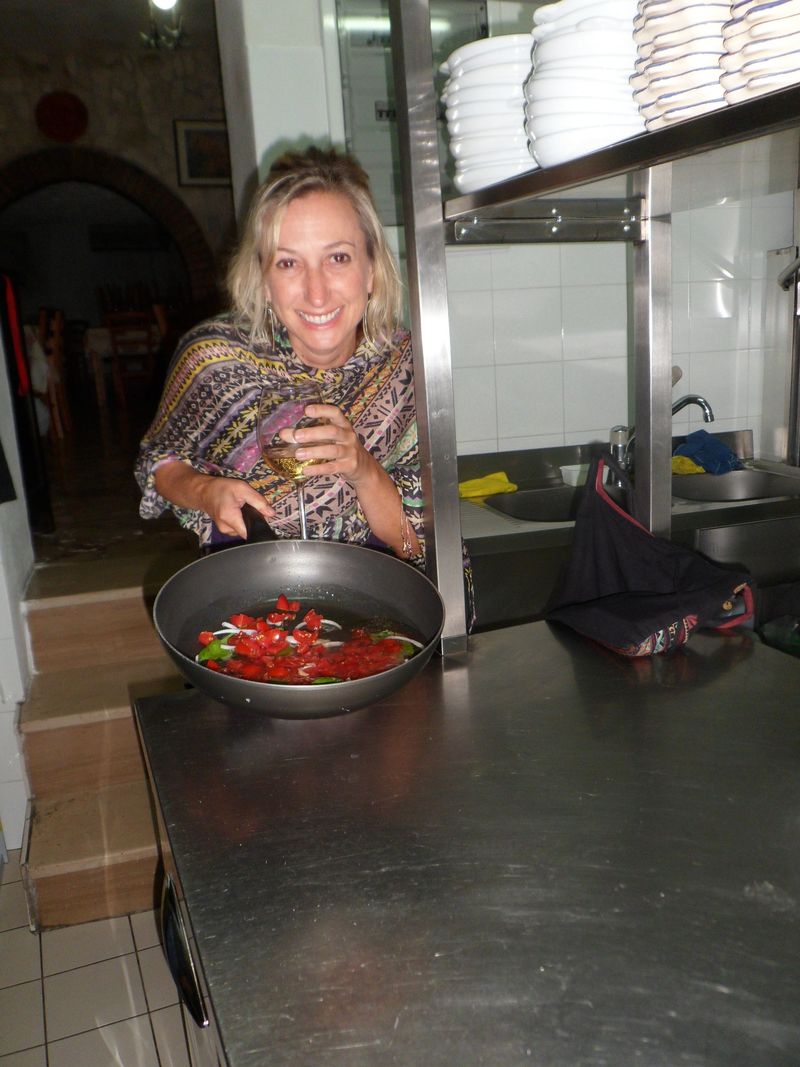
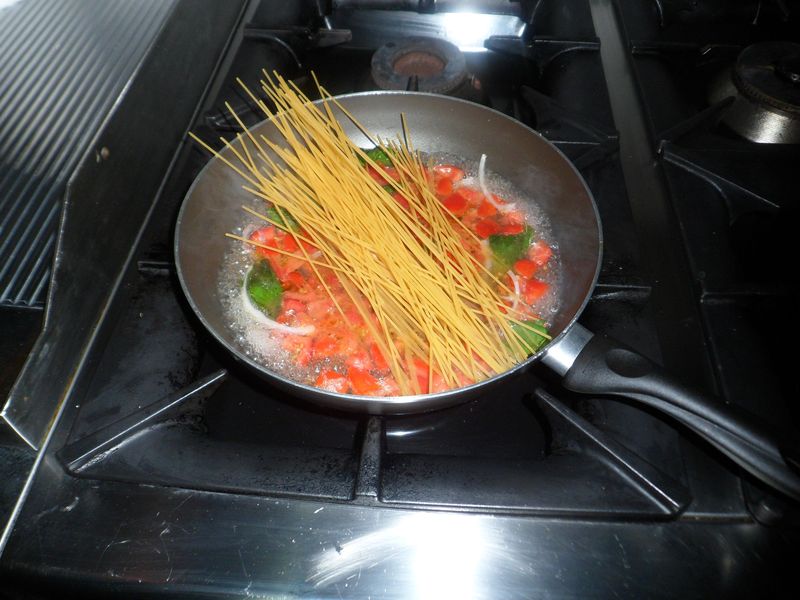
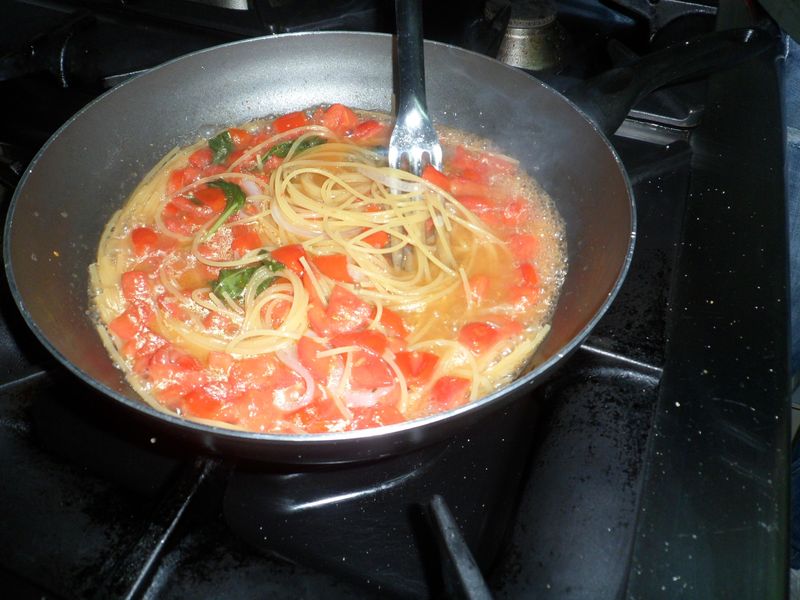
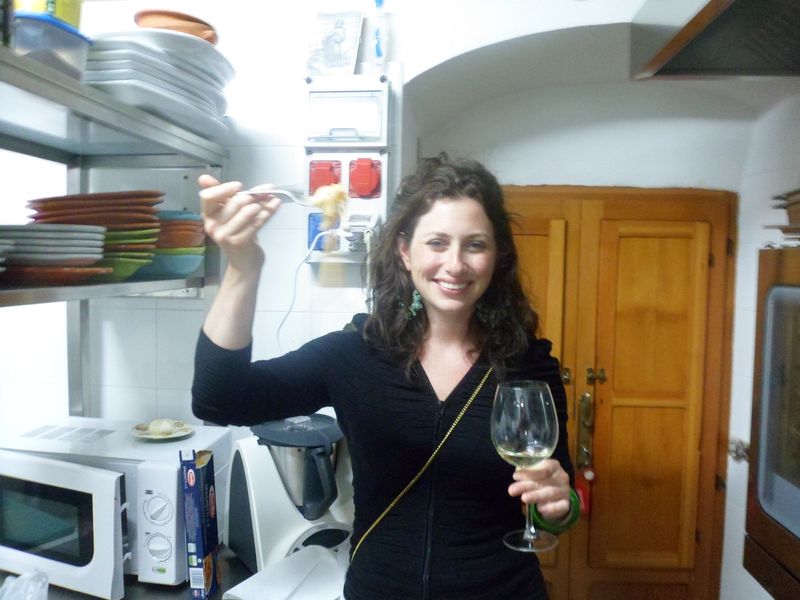

See what other Food52 readers are saying.